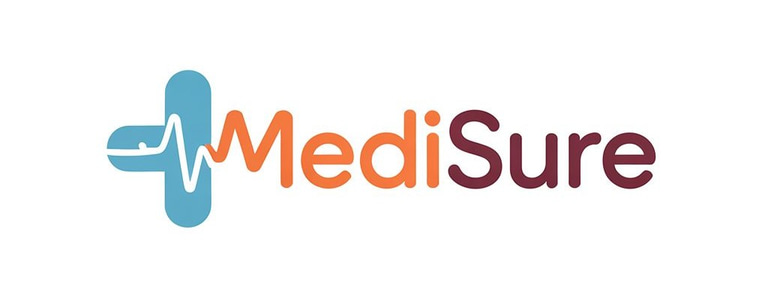رَبِّ زِدْنِي عِلْماً

Enlarged Model of Placenta
Embryology
₹82.00₹22.00
The placenta is a remarkable organ that plays a crucial role in the development and sustenance of life during pregnancy. An enlarged model of the placenta serves as an invaluable educational tool, helping to illustrate its complex structure and multiple functions. ### Introduction to the Placenta The placenta is often referred to as the lifeline during gestation, connecting the developing fetus to the mother’s uterine wall. It is responsible for nutrient uptake, waste elimination, and gas exchange through the mother’s blood supply, acting as both a temporary organ and a barrier protecting the fetus from infections. ### Structure of the Placenta In an enlarged model, one can observe the various parts of the placenta, including the chorionic villi, decidua basalis, and the umbilical cord. The chorionic villi are tiny, finger-like projections that increase the surface area for nutrient absorption and also interface with the maternal blood supply. Meanwhile, the decidua basalis, which is the maternal part of the placenta, plays a vital role in anchoring the placenta to the uterine wall. The umbilical cord also features prominently in an enlarged model. Typically measuring about 50-60 cm in length, it contains two arteries and one vein which transport oxygenated blood and nutrients from the mother to the fetus, and deoxygenated blood and waste from the fetus back to the mother. ### Functions of the Placenta An enlarged model allows for a deeper understanding of the placenta's numerous functions: 1. **Nutrient Transfer**: The placenta acts as a conduit for glucose, amino acids, fatty acids, and vitamins from the mother’s bloodstream to the fetus, ensuring it receives the essential nutrients needed for growth. 2. **Gas Exchange**: Oxygen passes from the mother to the fetus, while carbon dioxide travels in the opposite direction. This exchange occurs across thin membranes in the placenta, revealing the organ's intricacy and efficiency. 3. **Hormonal Production**: The placenta produces critical hormones, including human chorionic gonadotropin (hCG), progesterone, and estrogen, which help maintain pregnancy and prepare the mother’s body for childbirth. 4. **Immune Barrier**: While the placenta allows for nutrient and gas exchange, it also acts as an immunological barrier, protecting the fetus from potential pathogens. Certain antibodies can cross the placenta, providing the newborn with some inherited immunity at birth. ### Visualizing Complications Using an enlarged model also aids in visualizing potential complications linked to placental function such as: - **Placenta Previa**: This condition occurs when the placenta implants over the cervix, leading to complications during delivery. - **Placental Abruption**: In this serious situation, the placenta detaches from the uterine wall prematurely, which can pose risks to both the mother and the fetus. - **Intrauterine Growth Restriction (IUGR)**: An enlarged model can help to illustrate how compromised blood flow or nutrient exchange can lead to developmental issues in the fetus, emphasizing the critical importance of proper placental function. ### Conclusion In summary, an enlarged model of the placenta is not just a static representation; it is an educational device that brings to life the essential roles this organ plays during pregnancy. By examining its structure and understanding its functions, we gain insight into the intricate relationship between mother and fetus, highlighting the placenta's significance in prenatal development and maternal health. ### Further Studies Students and healthcare professionals can benefit significantly from exploring high-quality, three-dimensional models of the placenta, enhancing their comprehension of human anatomy and obstetrics. Such models can assist in training medical staff, educating expectant parents, and fostering a deeper appreciation for the biological processes that sustain life. With technology continually advancing, more sophisticated and detailed models of the placenta are becoming accessible in educational institutions and research environments, promising to enrich our understanding of this extraordinary organ and aiding future studies in maternal-fetal medicine.
Training
Providing essential healthcare training and simulation solutions.
COntacts
Support
info@medisureinternational.com
+91 9972123423
© Medisure. All Rights Are Reserved
Crafted with ❤️by Influence Kashmir
